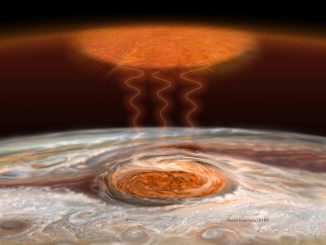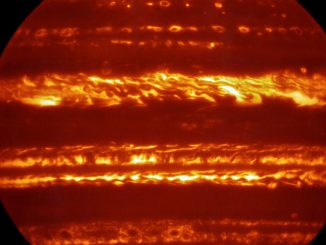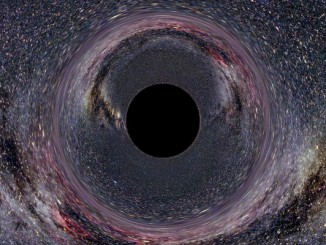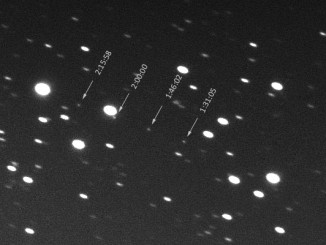
University of Leicester


Jupiter’s Great Red Spot heats planet’s upper atmosphere
Astronomers from Boston University have discovered that Jupiter’s Great Red Spot (GRS) may provide the mysterious source of energy required to heat the planet’s upper atmosphere to the unusually high values observed. Heating in Jupiter’s atmosphere 500 miles above the GRS is thought to be caused by gravity waves and acoustic waves creating turbulent atmospheric flows.

Hubble captures vivid aurorae in Jupiter’s atmosphere
Astronomers are using the NASA/ESA Hubble Space Telescope to study aurorae — stunning light shows in a planet’s atmosphere — on the poles of the largest planet in the solar system, Jupiter. This observation program is supported by measurements made by NASA’s Juno spacecraft, shortly to arrive at the gas giant.

Spectacular VLT images of Jupiter presented before Juno’s arrival
In preparation for the imminent arrival of NASA’s Juno spacecraft, astronomers have used ESO’s Very Large Telescope to obtain spectacular new infrared images of Jupiter as part of a campaign to create high-resolution maps of the giant planet. These observations will help astronomers to better understand the gas giant ahead of Juno’s close encounter next month.

Martian surface revealed in unprecedented detail
The surface of Mars — including the location of Beagle-2 — has been shown in unprecedented detail by University College London scientists using a revolutionary image stacking and matching technique. The UCL researchers used the Super-Resolution Restoration (SRR) process to reveal objects at a resolution up to five times greater than previously achieved.


Astronomers recall discovery of Phaethon — source of Geminid meteors
The beautiful Geminid meteor shower is due to light up the heavens this weekend, but the source of the enigmatic cosmic display had eluded stargazers for more than 120 years. Then, in 1983, two University of Leicester astronomers — Dr. Simon Green and Dr. John Davies — used data from the IRAS satellite to discover 3200 Phaethon, an asteroid with a very unusual orbit.

NASA’s Swift spots its thousandth gamma-ray burst
NASA’s Swift spacecraft has detected its 1,000th gamma-ray burst (GRB). A GRB is a fleeting blast of high-energy light, often lasting a minute or less, occurring somewhere in the sky every couple of days. GRBs are the most powerful explosions in the universe, typically associated with the collapse of a massive star and the birth of a black hole.

Scientists solve age-old planetary ring riddle
An international team of scientists has solved an age-old scientific riddle by discovering that planetary rings, such as those orbiting Saturn, have a universally similar particle distribution. The study also suggests that Saturn’s rings are essentially in a steady state that does not depend on their history.

